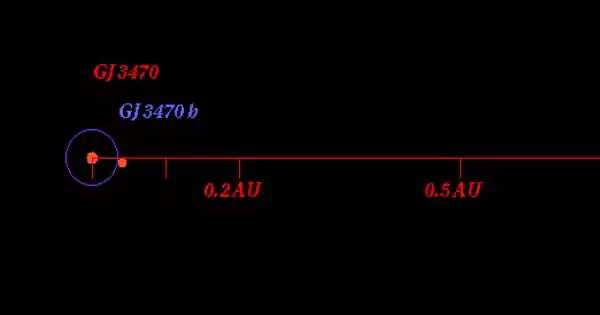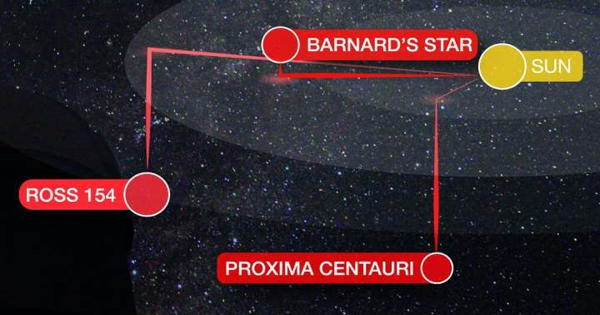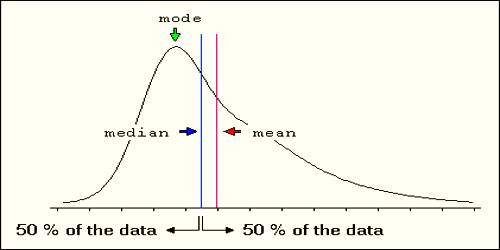Thanks to a recent study led by authors at the Konkoly Observatory, Research Center for Astronomy and Earth Sciences (CSFK) in Hungary and the University of Hertfordshire in the United Kingdom, scientists studying the origin of elements in our galaxy now have new understanding of how they are transported to Earth.
The findings could aid in determining which exoplanets outside of our solar system are most likely to have life, as well as helping scientists understand how our planet became richer in certain elements.
Many of the elements in our environment were either created by cataclysmic neutron star mergers or stellar explosions known as supernova. How these heavy elements then arrive here on Earth, and in particular how elements that originate in various locations seem to have arrived on our planet simultaneously, has long baffled scientists.
Scientists have discovered that the heavy elements created in neutron star collisions can “surf” on blast waves from other supernovae across our galaxy and down to Earth. This discovery was made using advanced computer modeling of the elements’ voyage across space.
When radioactive isotopes were found inside deep-sea rocks in 2021, they upped the mystery by surprising the scientists who were trying to figure out where they came from. The isotopes originated outside of our solar system, during star explosions in other parts of the galaxy. Because of their incredibly diverse production sites, certain of the identified isotopes in particular sparked questions in the scientific community.
Specifically, scientists found manganese-53 (associated with explosions of white dwarfs); iron-60 (produced in core-collapse supernovae); and plutonium-244 (which can usually only be produced by merging two extreme objects called neutron stars) sitting in layers of a similar depth in deep-sea rock samples.
It’s a very important step forward, as it not only shows us how isotopes propagate through the galaxy, but also how they become abundant on exoplanets that is, planets beyond our solar system. This is extremely exciting, since isotopic abundances are a strong factor in determining whether an exoplanet is able to hold liquid water which is key to life. In the future, this might help to identify regions in our galaxy where we could find habitable exoplanets.
Dr. Benjamin Wehmeyer
These isotopes would have fallen from the sky at some point over the past few million years and reached Earth. Because deep-sea sediments build up in layers over time to create rocks, the discovery of these three isotopes in layers of rock with similar depths, originating from distinct stellar explosion types, perplexed scientists.
Even though their genesis sites are so very different, the fact that they were discovered at similar depths indicates that they must have traveled to Earth together.
To understand how it was possible for these isotopes to arrive on Earth together, a team led by Dr. Benjamin Wehmeyer at the University of Hertfordshire in the U.K., and the CSFK in Hungary, used computer models to simulate how the isotopes travel from their Galactic production sites throughout space.
The study discovered that the ejected content of numerous astrophysical locations from colliding neutron stars to exploding white dwarfs are pushed around in the galaxy by the shock waves of the considerably more common core-collapse supernovae.
These supernovae, which are significantly more frequent than explosions brought on by the merger of two neutron stars or explosions of white dwarfs, are explosions of the cores of enormous stars.
Dr. Wehmeyer and his team observed that after they are produced, the isotopes can then “surf” on the shockwaves of these supernovae. Thus, isotopes created at very dissimilar locations may wind up traveling close by in the shock waves of core-collapse supernova explosions.
The fact that the isotopes were discovered together inside similar strata of deep-sea rocks can be attributed to the fact that some of this swept-up material makes it to Earth.
Lead author Dr. Wehmeyer explained, “Our colleagues have dug up rock samples from the ocean floor, dissolved them, put them in an accelerator, and examined the changes in their composition layer by layer. Using our computer models, we were able to interpret their data to find out how exactly atoms move throughout the galaxy.”
“It’s a very important step forward, as it not only shows us how isotopes propagate through the galaxy, but also how they become abundant on exoplanets that is, planets beyond our solar system. This is extremely exciting, since isotopic abundances are a strong factor in determining whether an exoplanet is able to hold liquid water which is key to life. In the future, this might help to identify regions in our galaxy where we could find habitable exoplanets.”
Dr. Chiaki Kobayashi, Professor of Astrophysics at the University of Hertfordshire and co-author of the study, adds, “I have been working on the origins of stable elements in the periodic table for many years, but I am thrilled to achieve results on radioactive isotopes in this paper. Their abundance can be measured by gamma-ray telescopes in space as well as by digging the rocks underwater of the Earth.”
“By comparing these measurements with Benjamin’s models, we can learn so much about how and where the composition of the solar system comes from.”
















